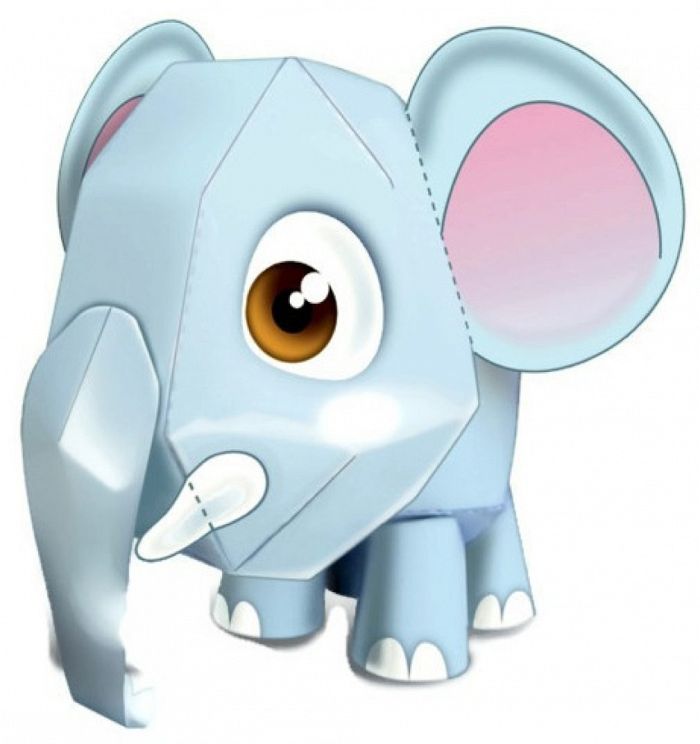- Thumbnail
-

- Resources
- Received from the internet.
- Author
- Unknown.
- Printed File Format
- JPG
- Page(s)
- 1
- Instruction Format
- Unavailable
Sponsored:
Sponsored 2:
Elephant Papercraft
At the beginning of the Pleistocene, elephantids experienced a high rate of speciation. The Pleistocene also saw the arrival of Palaeoloxodon namadicus, the largest terrestrial mammal of all time.[25] Loxodonta atlantica became the most common species in northern and southern Africa but was replaced by Elephas iolensis later in the Pleistocene. Only when Elephas disappeared from Africa did Loxodonta become dominant once again, this time in the form of the modern species. Elephas diversified into new species in Asia, such as E. hysudricus and E. platycephus; the latter the likely ancestor of the modern Asian elephant.

At the beginning of the Pleistocene, elephantids experienced a high rate of speciation. The Pleistocene also saw the arrival of Palaeoloxodon namadicus, the largest terrestrial mammal of all time.[25] Loxodonta atlantica became the most common species in northern and southern Africa but was replaced by Elephas iolensis later in the Pleistocene. Only when Elephas disappeared from Africa did Loxodonta become dominant once again, this time in the form of the modern species. Elephas diversified into new species in Asia, such as E. hysudricus and E. platycephus; the latter the likely ancestor of the modern Asian elephant.

Sponsored: Google Advertising
Attachments
Last edited by a moderator:
